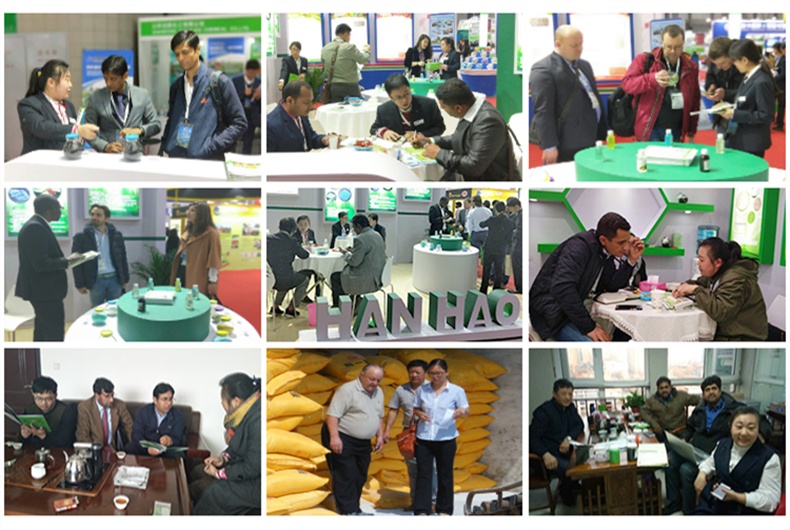
Août . 11, 2024 02:16 Back to list
Top Suppliers for High-Quality 29-0-10 Fertilizer and Their Benefits for Optimal Crop Growth
Understanding 29-0-10 Fertilizer A Key to Successful Plant Growth
When it comes to managing the health and productivity of crops and gardens, one important factor that cannot be overlooked is the type of fertilizer used. Among the various formulations available, 29-0-10 fertilizer stands out due to its specific nutrient composition, which can significantly enhance plant growth and yield. In this article, we will delve into what 29-0-10 fertilizer is, its benefits, and effective usage tips.
What is 29-0-10 Fertilizer?
The numbers in the fertilizer label, typically represented in a three-number format (N-P-K), indicate the percentage of three key nutrients nitrogen (N), phosphorus (P), and potassium (K). In the case of 29-0-10 fertilizer, it contains 29% nitrogen, no phosphorus, and 10% potassium. Each component plays a distinct role in plant growth
1. Nitrogen (N) This is a crucial element that promotes vigorous vegetative growth. It is vital for the synthesis of amino acids and proteins and contributes to the development of chlorophyll, the green pigment that plants use in photosynthesis. High nitrogen content, such as that found in 29-0-10, makes it particularly beneficial for leafy greens, grasses, and other plants that favor lush, green growth.
2. Phosphorus (P) Typically, phosphorus is crucial for root development, flowering, and fruiting. However, 29-0-10 fertilizer is phosphorus-free, making it suitable for specific situations where phosphorus levels in the soil may already be adequate.
3. Potassium (K) Potassium aids in overall plant health by improving drought resistance, disease tolerance, and fruit quality. It plays a significant role in photosynthesis and the regulation of stomatal function, which controls water loss and nutrient uptake.
Benefits of 29-0-10 Fertilizer
2. Improves Crop Quality The potassium component enhances the quality of fruits and vegetables, leading to better taste and nutritional value.
fertilizer 29-0-10 supplier

3. Soil Versatility Given its unique nutrient profile, 29-0-10 is suitable for various soil types, especially those dense in phosphorus. It allows growers to stimulate growth without risking phosphorus over-application.
4. Supports Early Growth This fertilizer is particularly effective during the early stages of plant development, where nitrogen is critical for establishing a strong vegetative foundation.
How to Use 29-0-10 Fertilizer Effectively
1. Soil Testing Before applying 29-0-10 fertilizer, conduct a soil test to assess existing nutrient levels. This will help determine the appropriate amount of fertilizer required for optimal plant growth.
2. Application Timing Application is best done during the early growth phases of crops or during the active growing season. This typically occurs in spring for many plant varieties.
3. Spread Evenly Ensure that the fertilizer is spread evenly over the soil to prevent localized nutrient burn or deficiency. Use a broadcast spreader for larger areas for consistent application.
4. Watering After applying the fertilizer, water the area thoroughly. This helps dissolve the fertilizer and allows the nutrients to penetrate the soil, making them available to the roots.
5. Monitor Plant Growth Regularly observe your plants for signs of nutrient deficiencies or excesses. Adjust future applications based on plant responses and ongoing soil health.
Conclusion
Selecting the right fertilizer, such as 29-0-10, can have a profound effect on your garden or agricultural yields. Understanding how to utilize this fertilizer effectively can lead to healthier plants and more abundant harvests. By keeping a close eye on soil conditions and plant health, gardeners and farmers can optimize their fertilization strategy, ensuring that their plants not only survive but thrive.
-
Premium Amino Acid Fertilizer | Rapid Plant Growth Booster
NewsJul.31,2025
-
10 10 10 Fertilizer Organic—Balanced NPK for All Plants
NewsJul.30,2025
-
Premium 10 10 10 Fertilizer Organic for Balanced Plant Growth
NewsJul.29,2025
-
Premium 10 10 10 Fertilizer Organic for Balanced Plant Growth
NewsJul.29,2025
-
Premium 10 10 10 Fertilizer Organic for Balanced Plant Growth
NewsJul.29,2025
-
50 Pound Bags of 13-13-13 Fertilizer for All Plants – Bulk & Organic Options
NewsJul.28,2025
